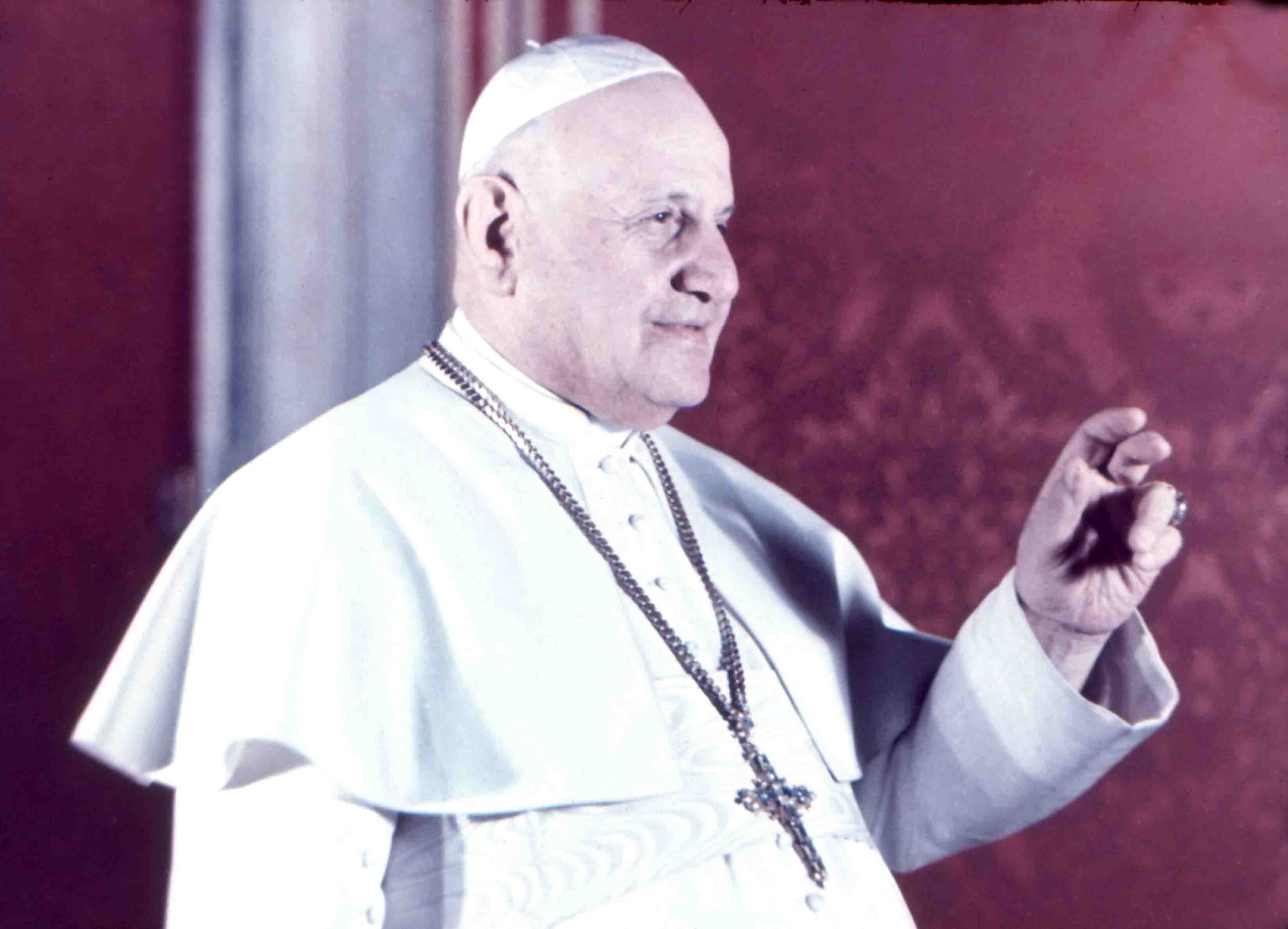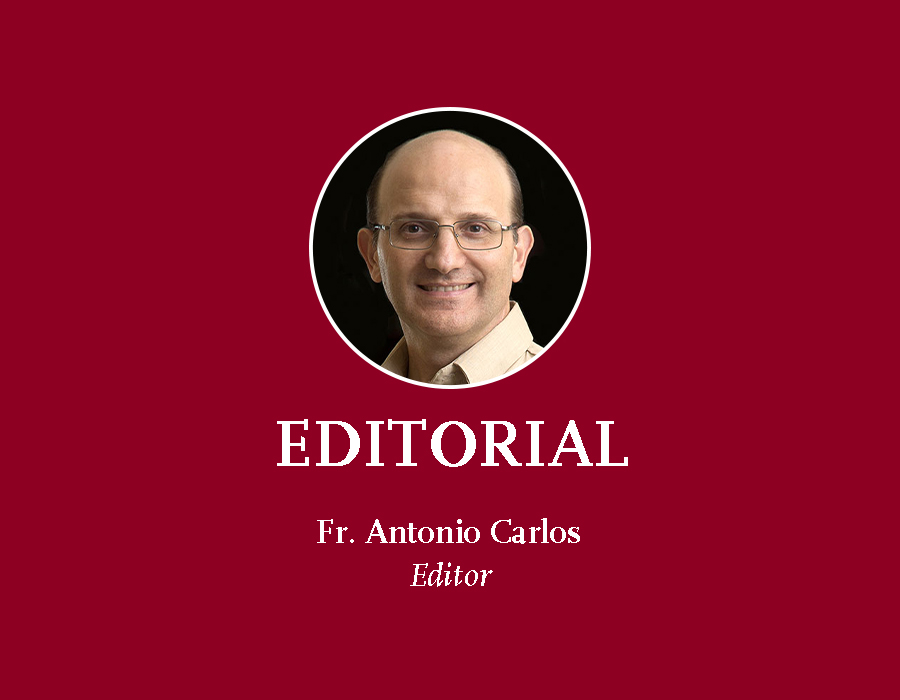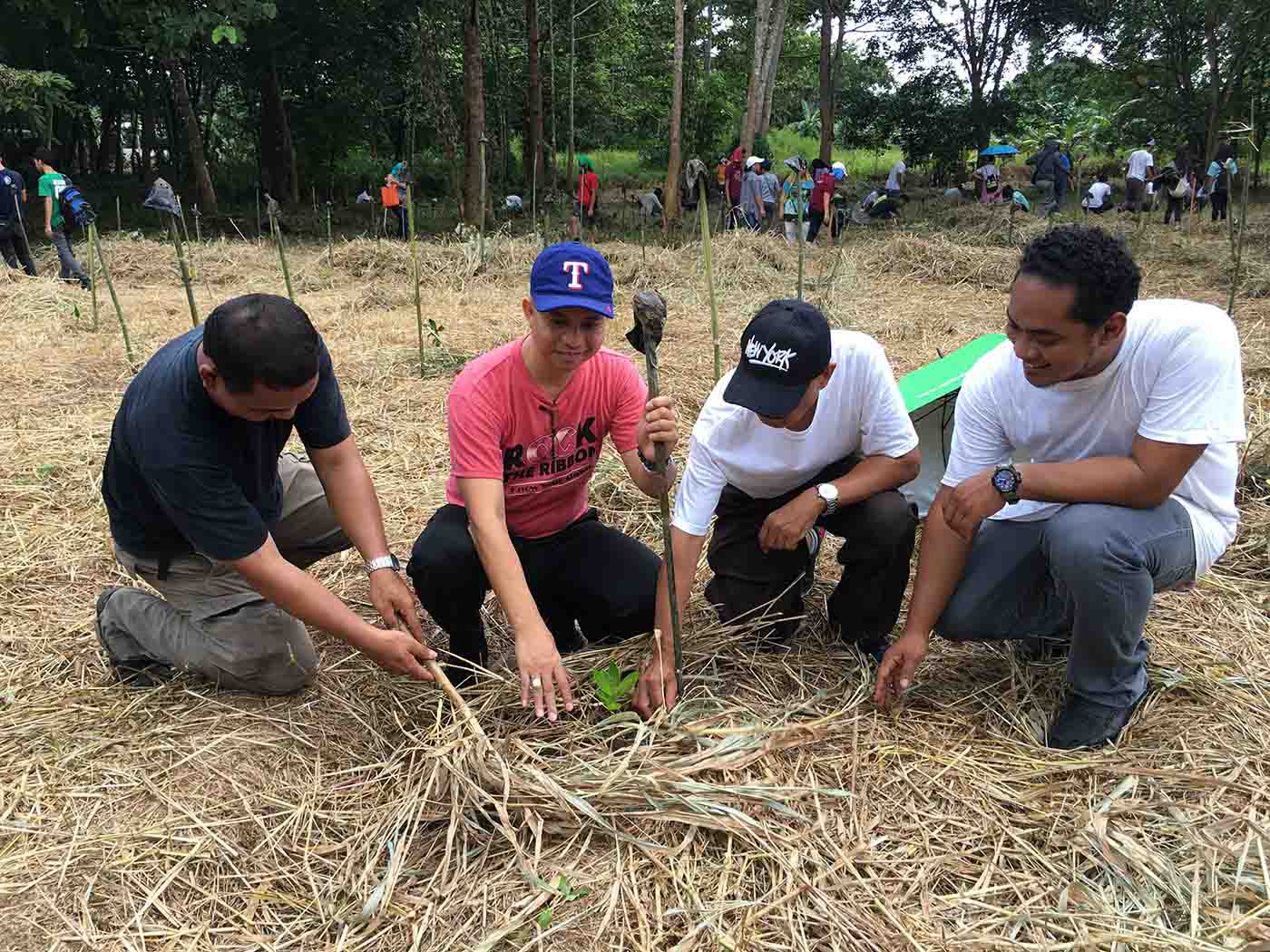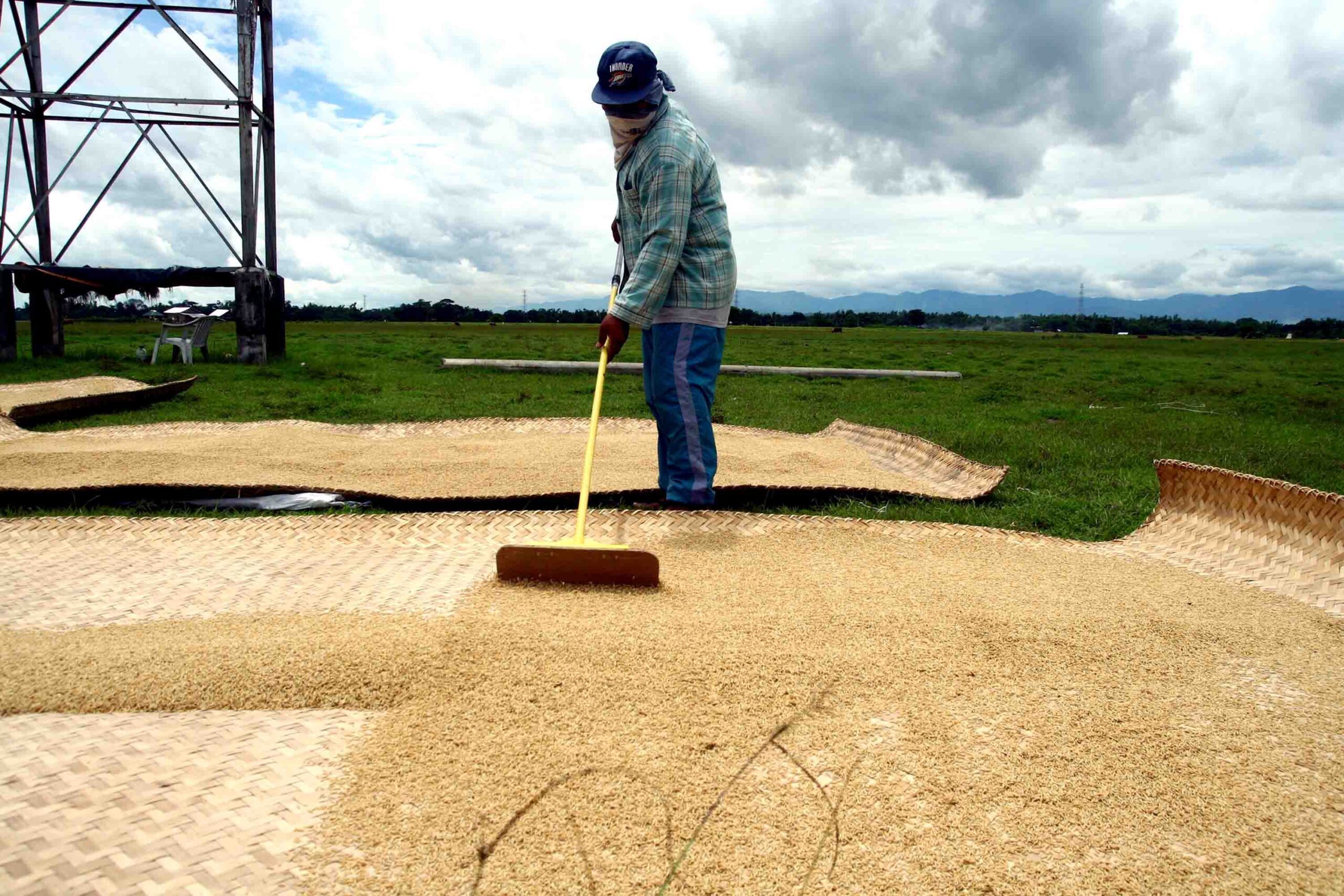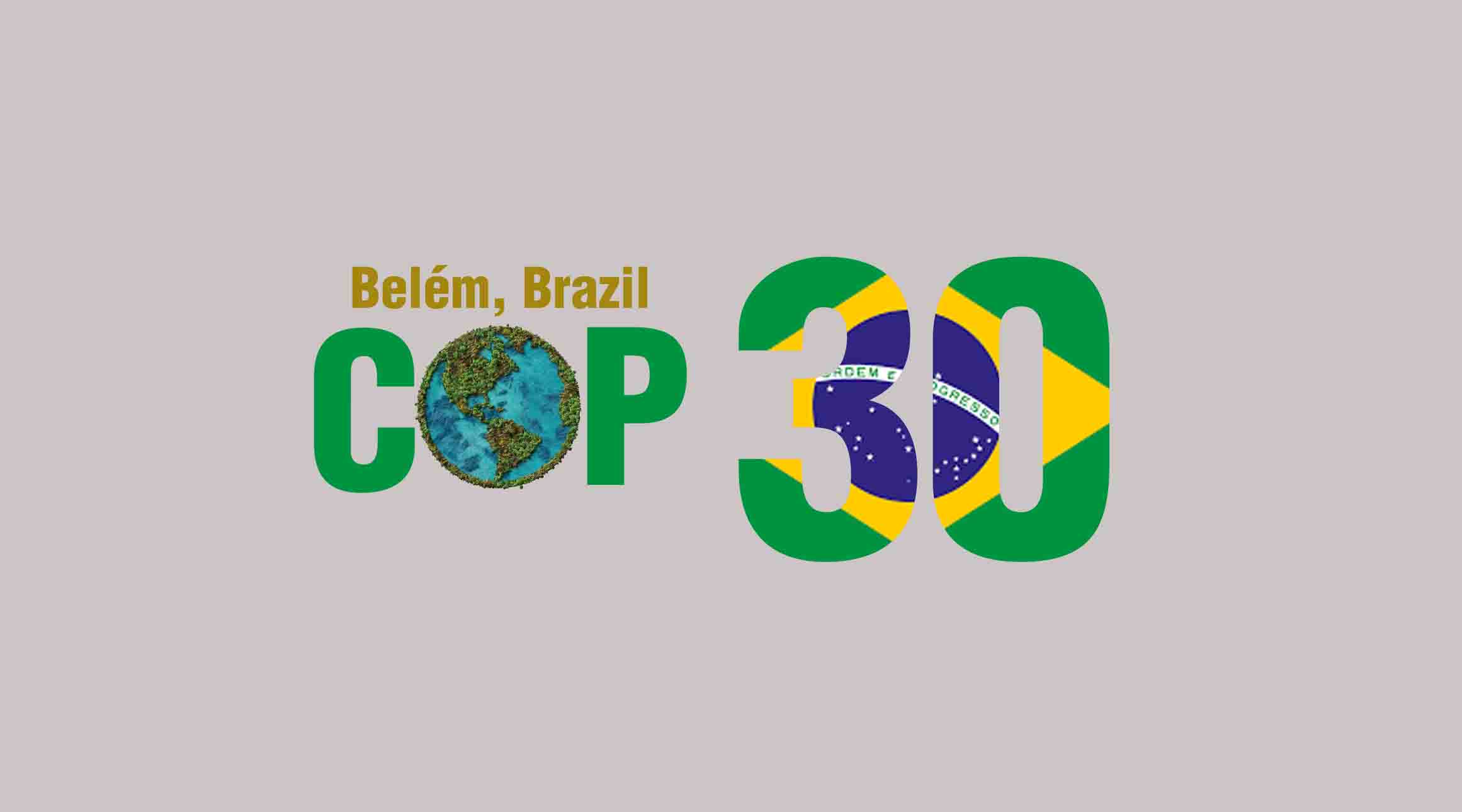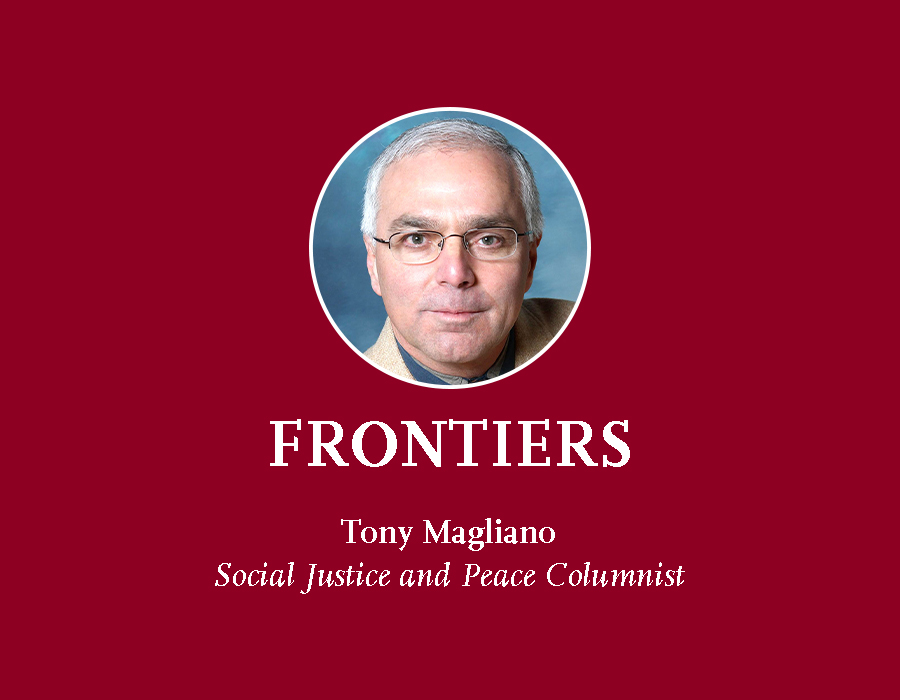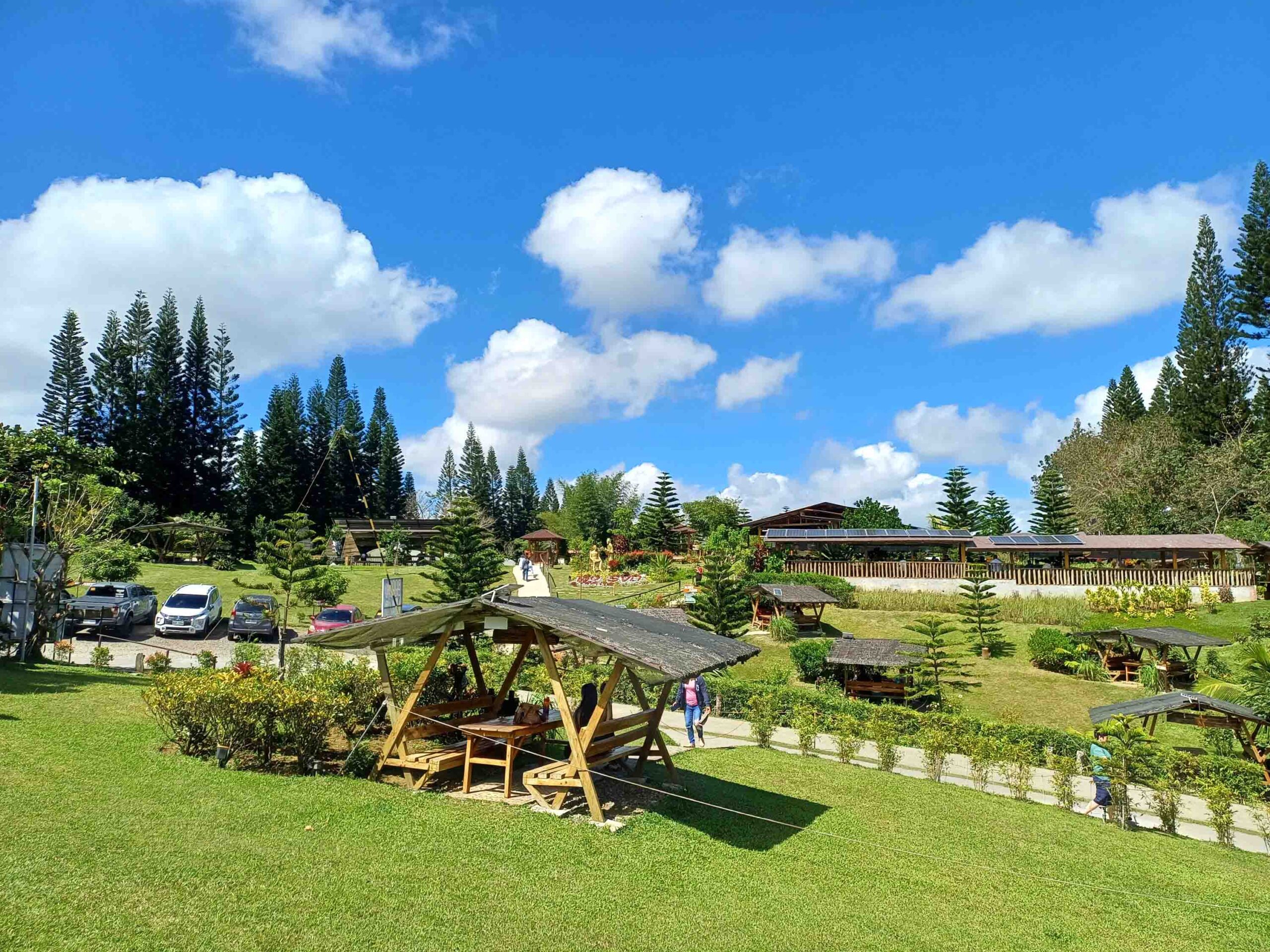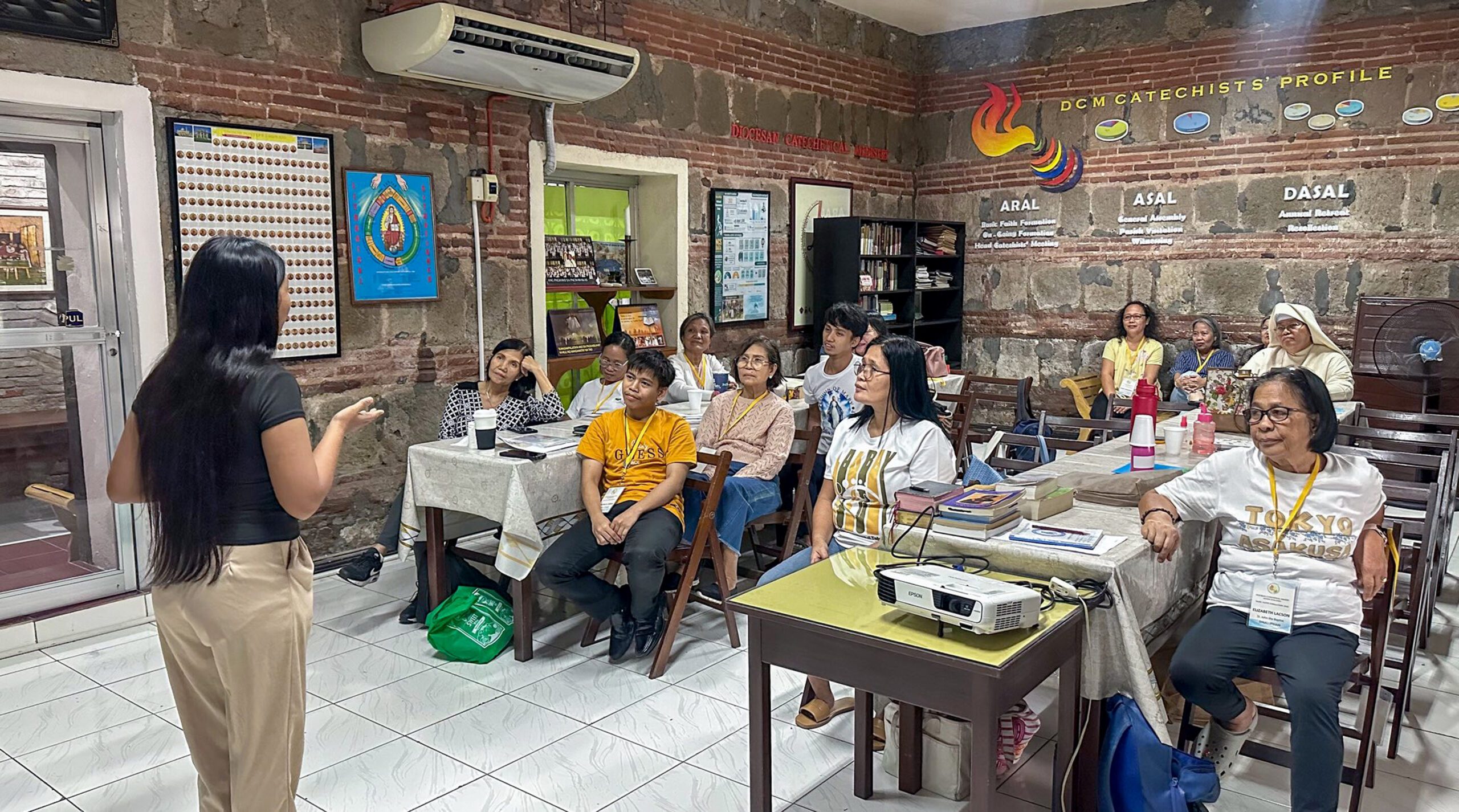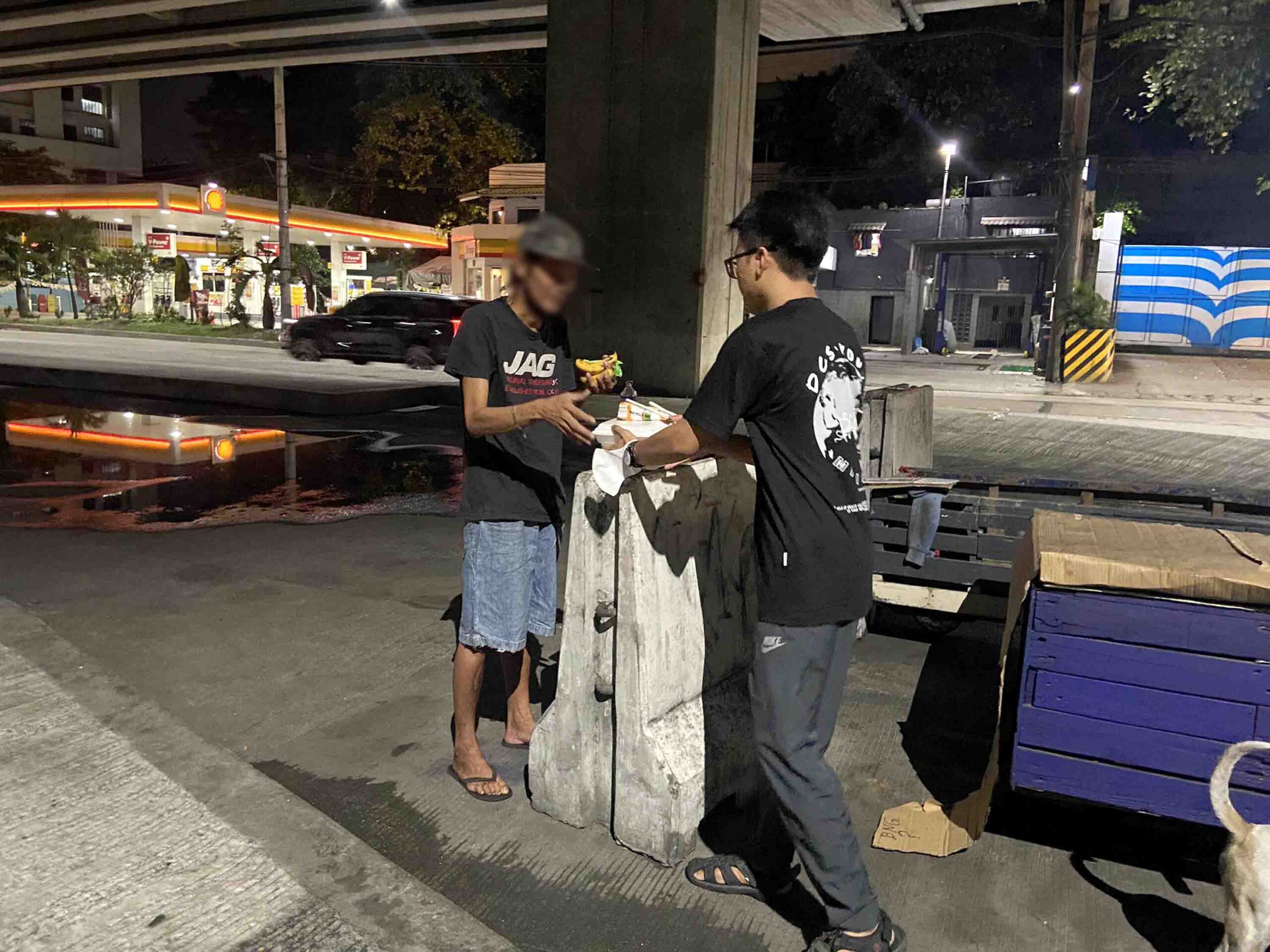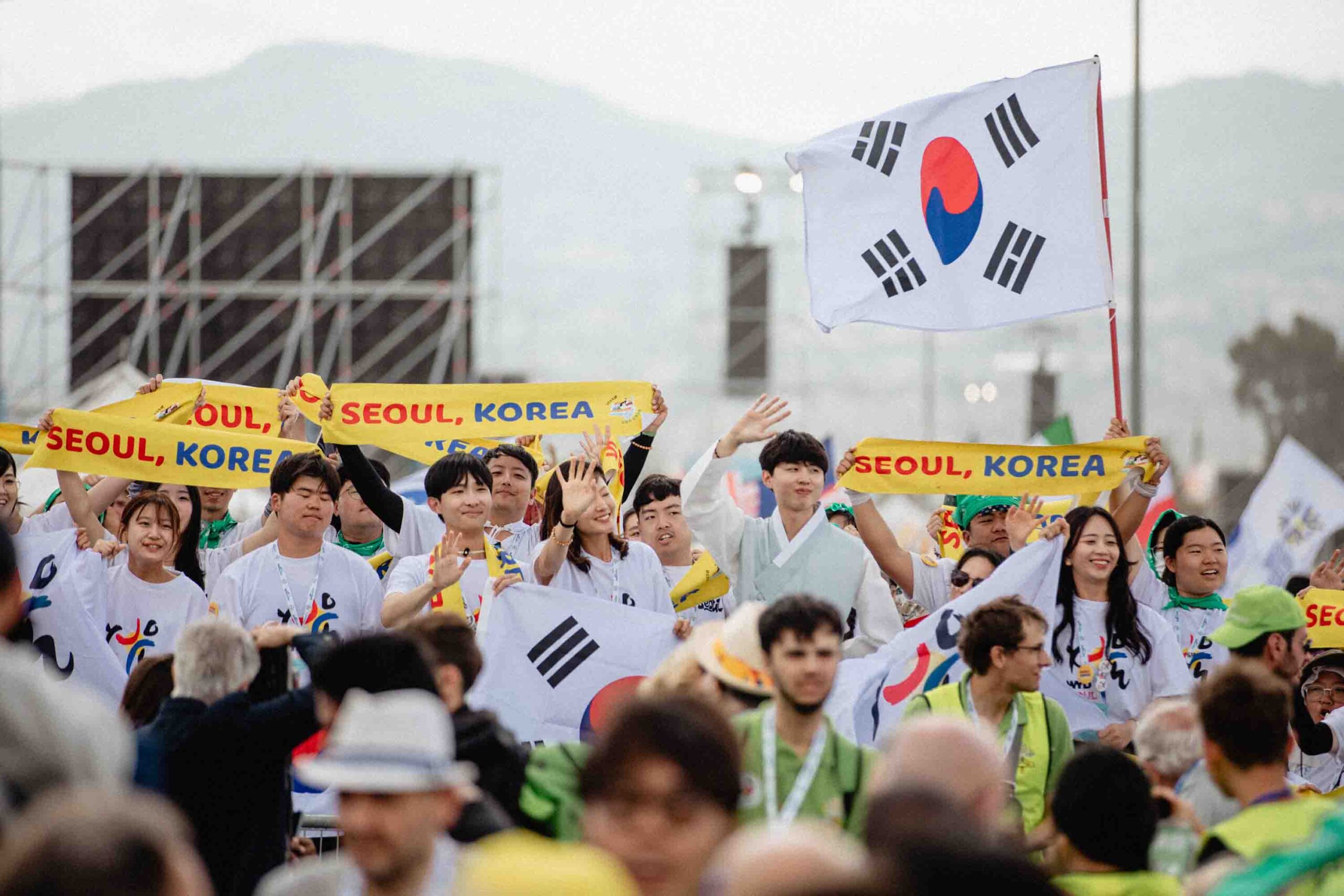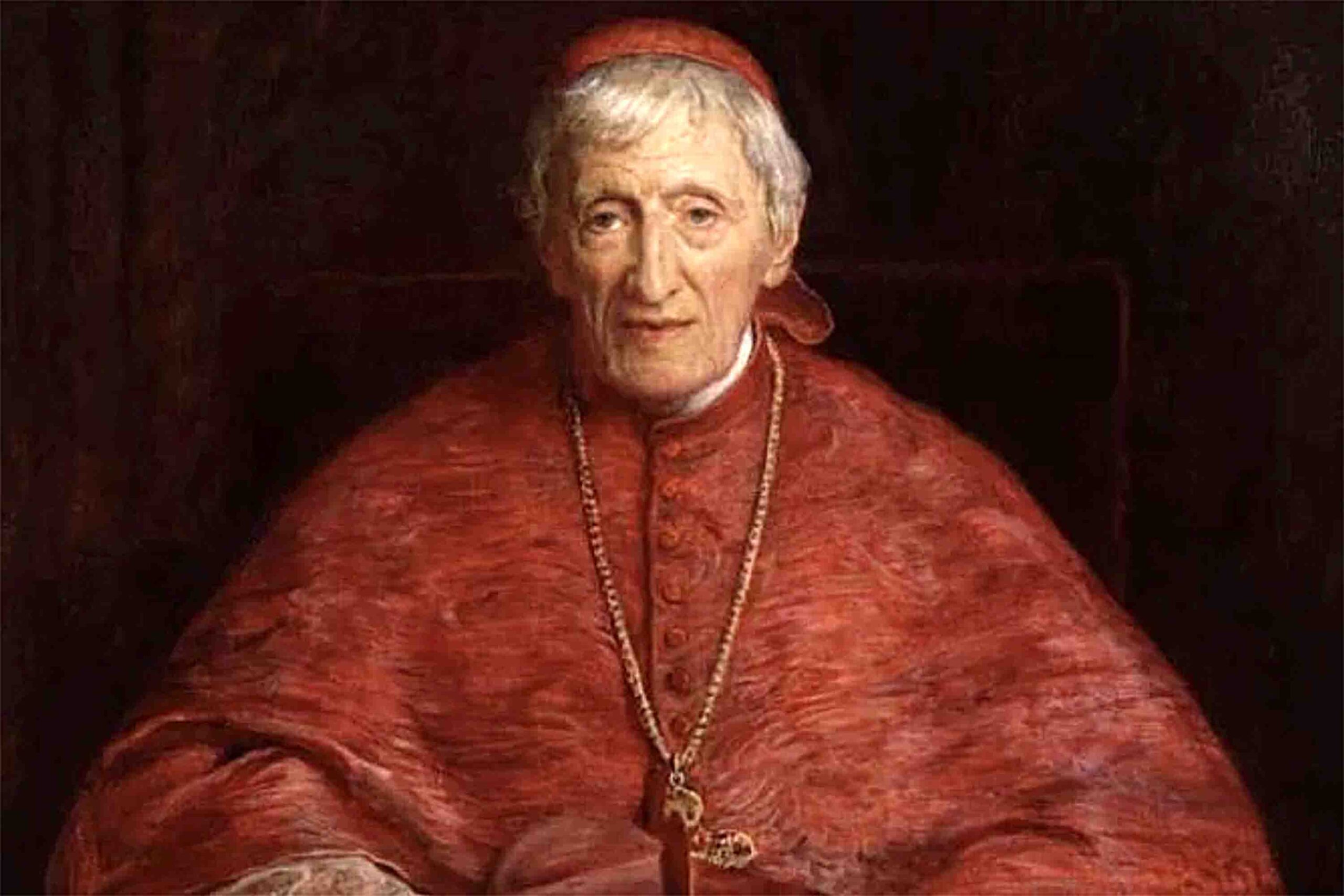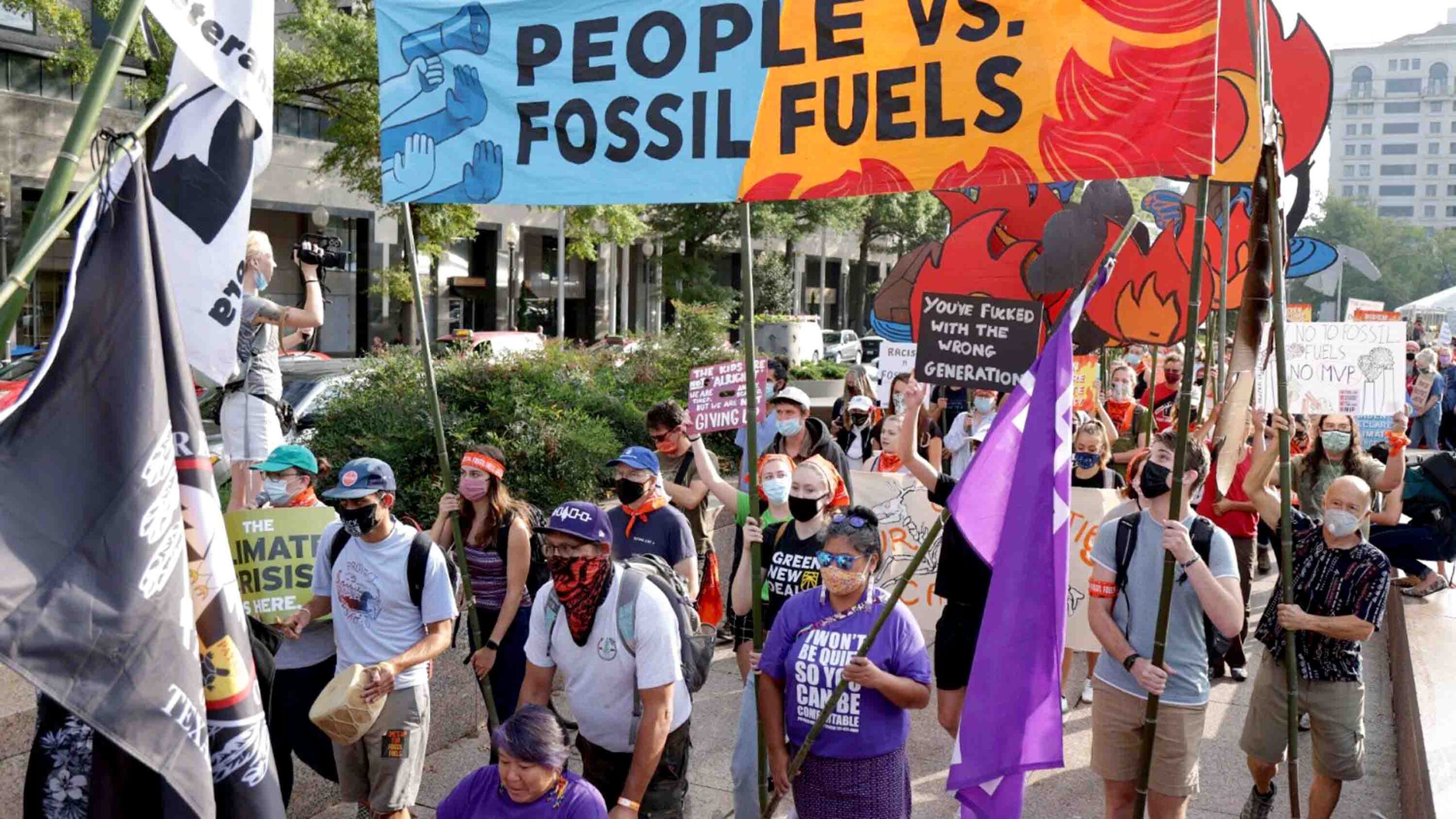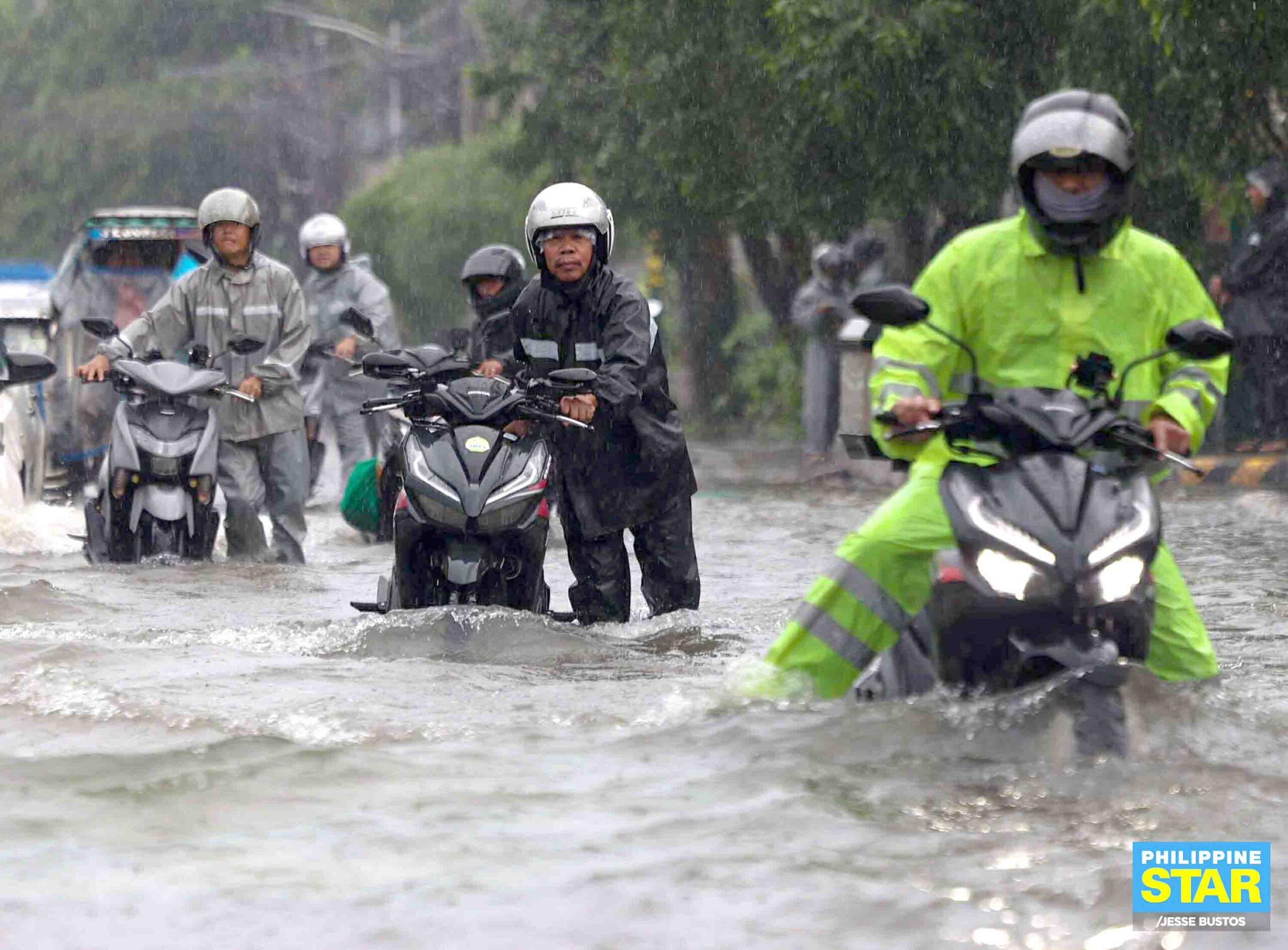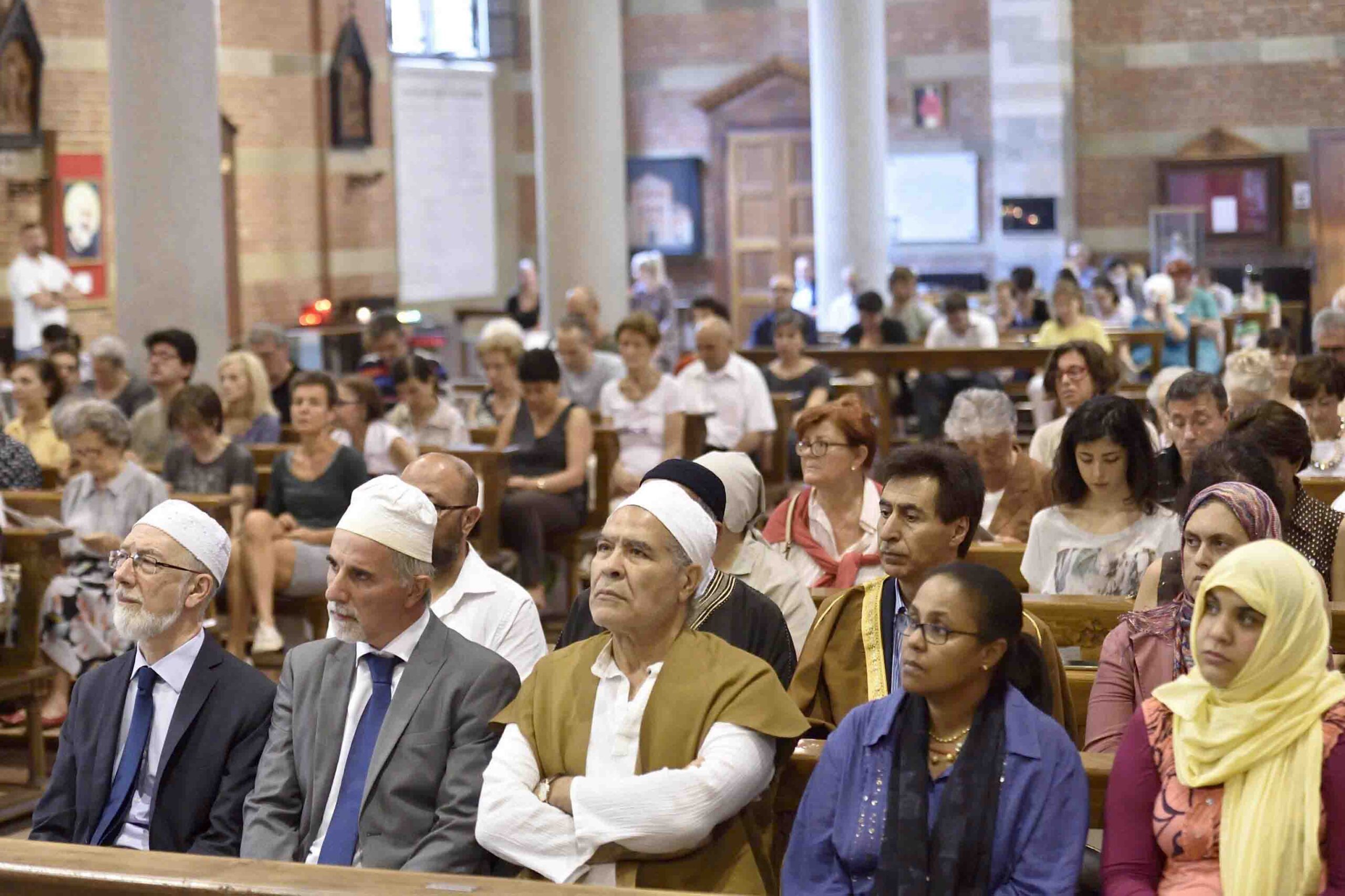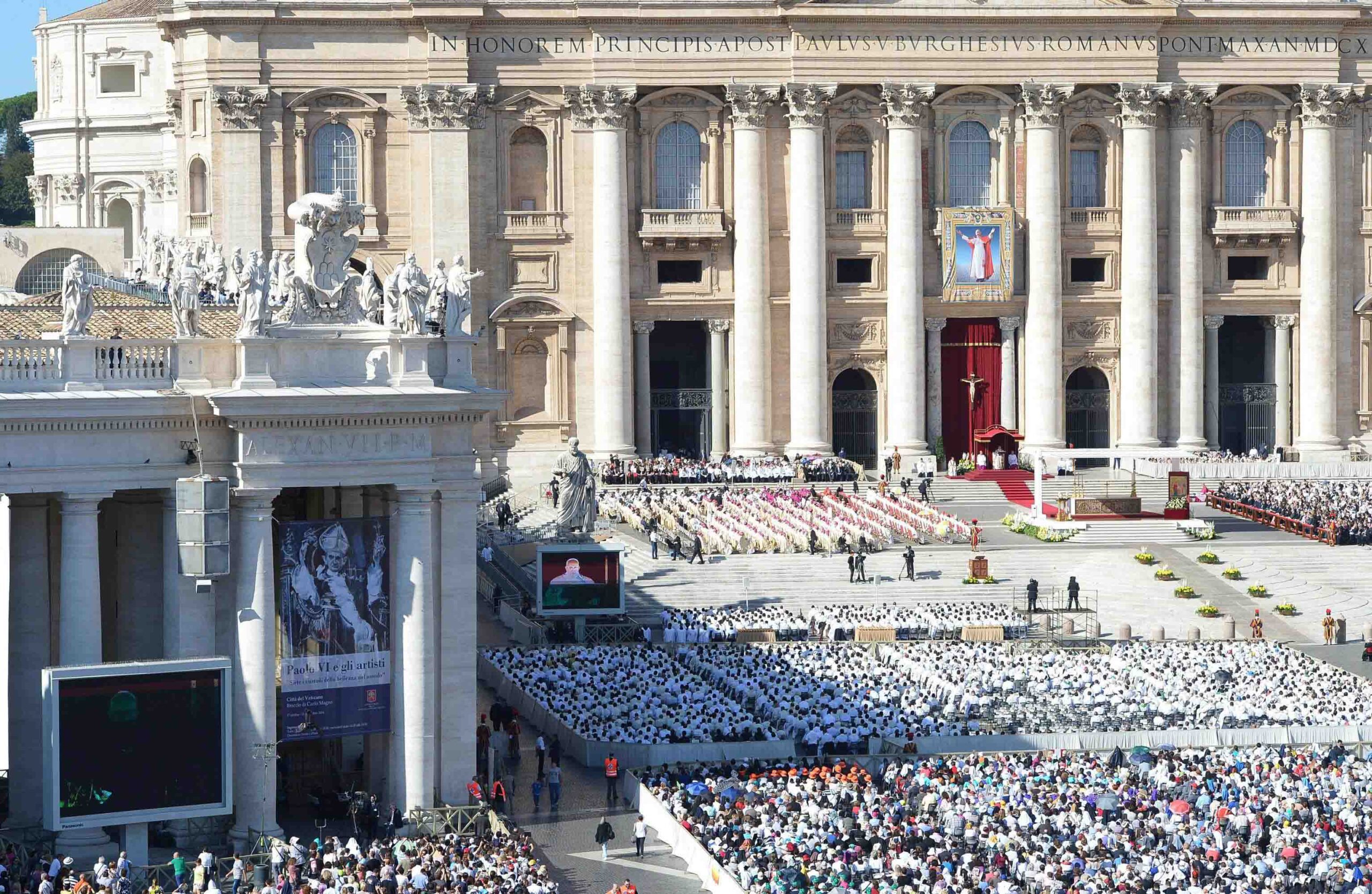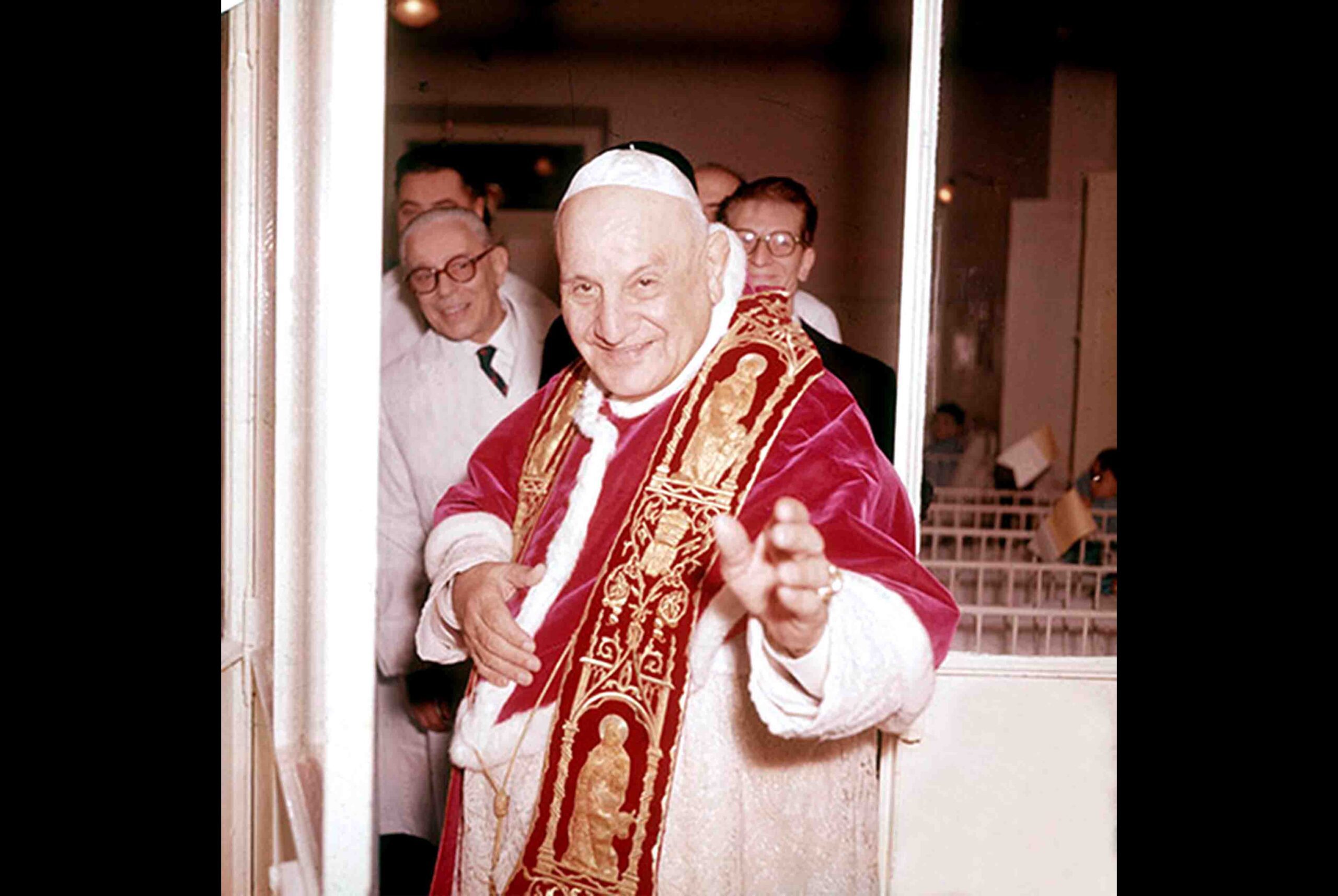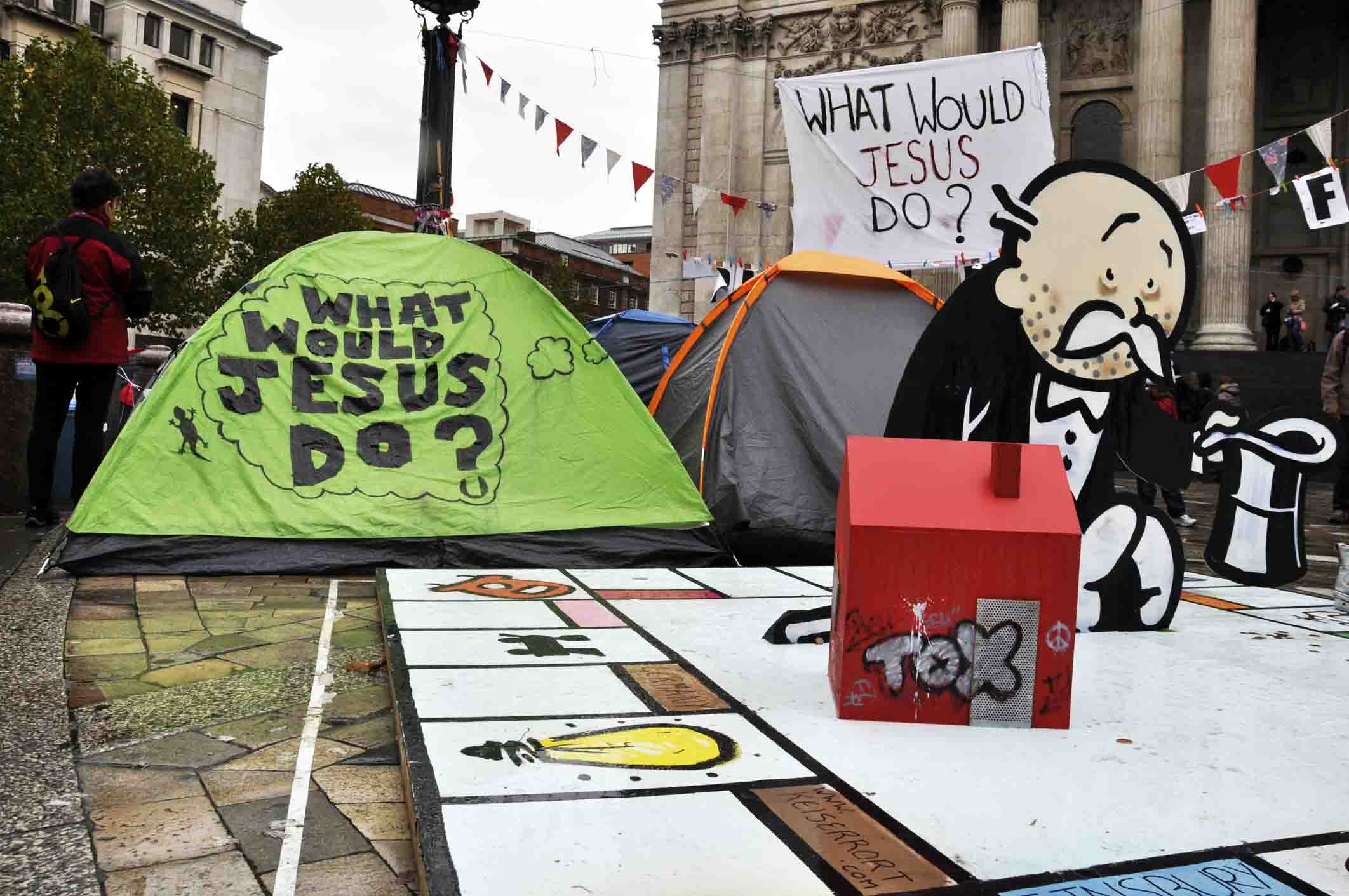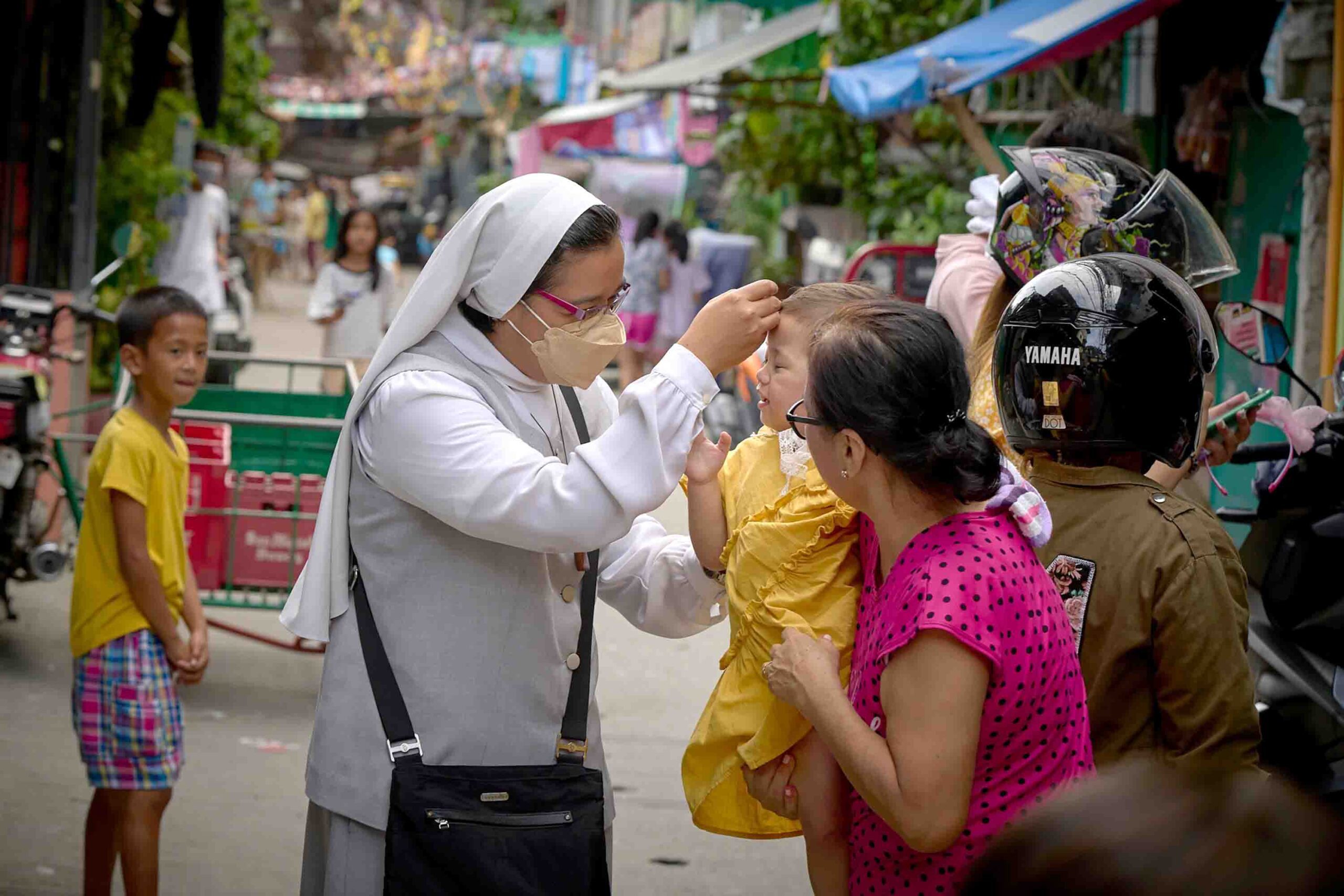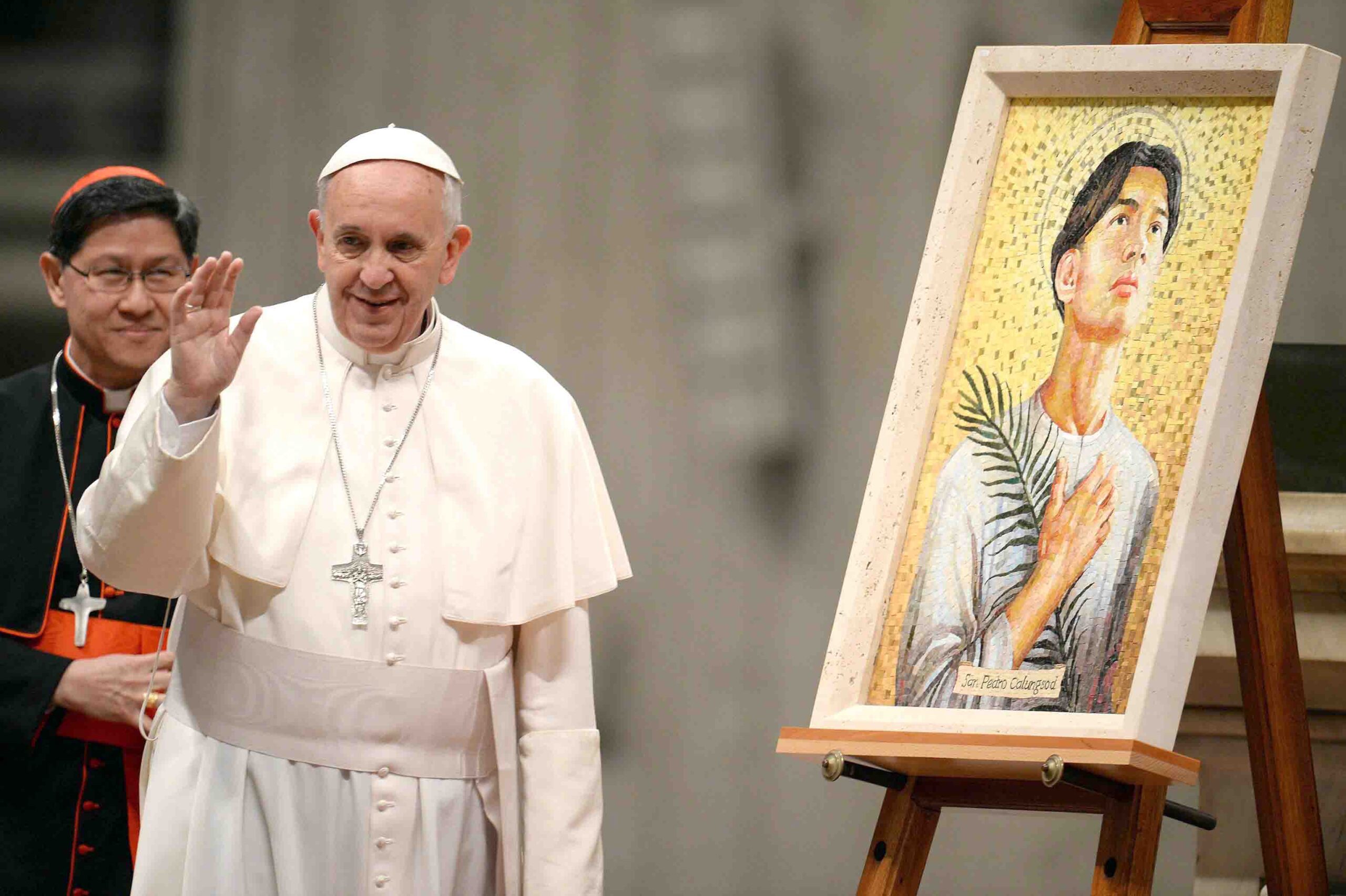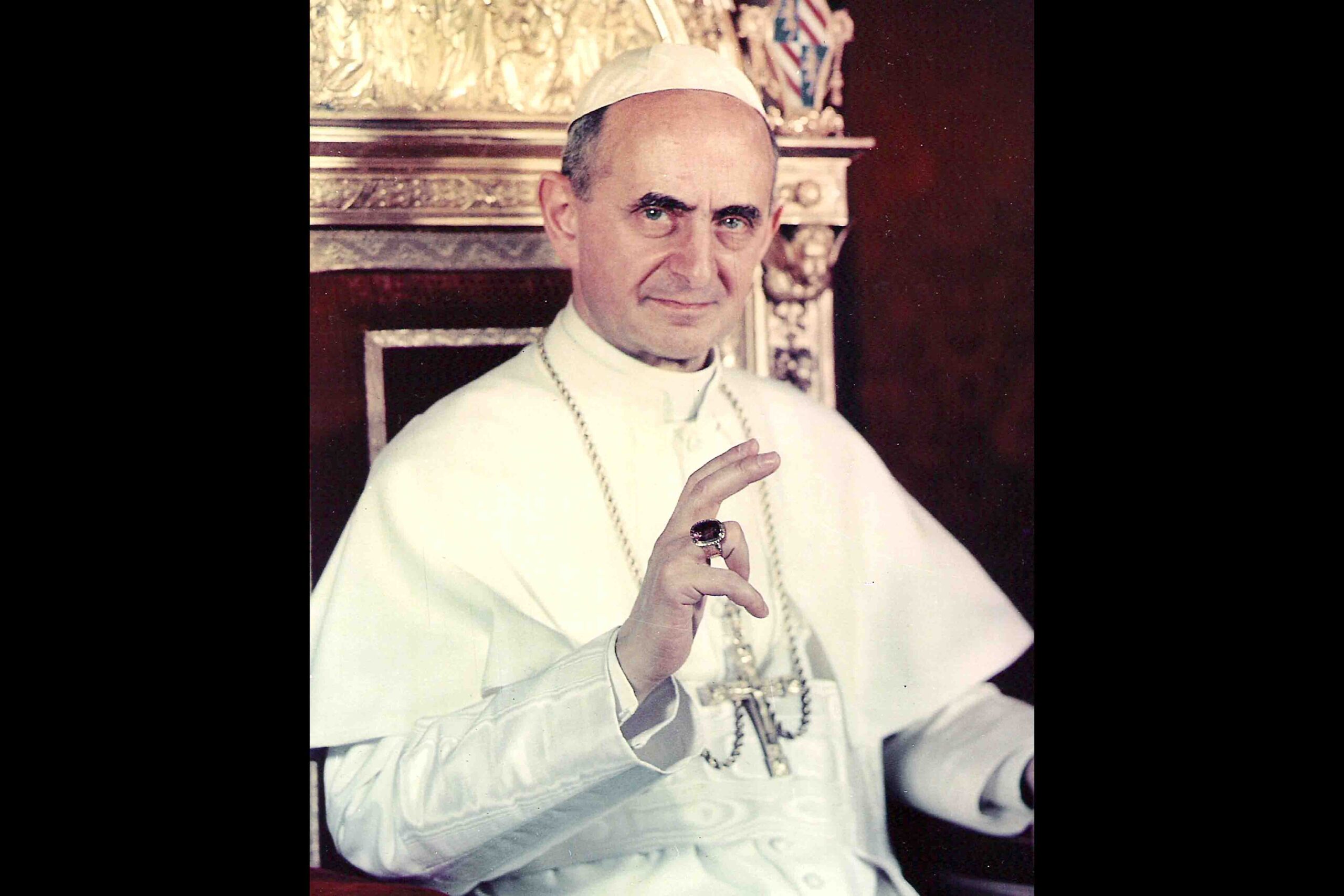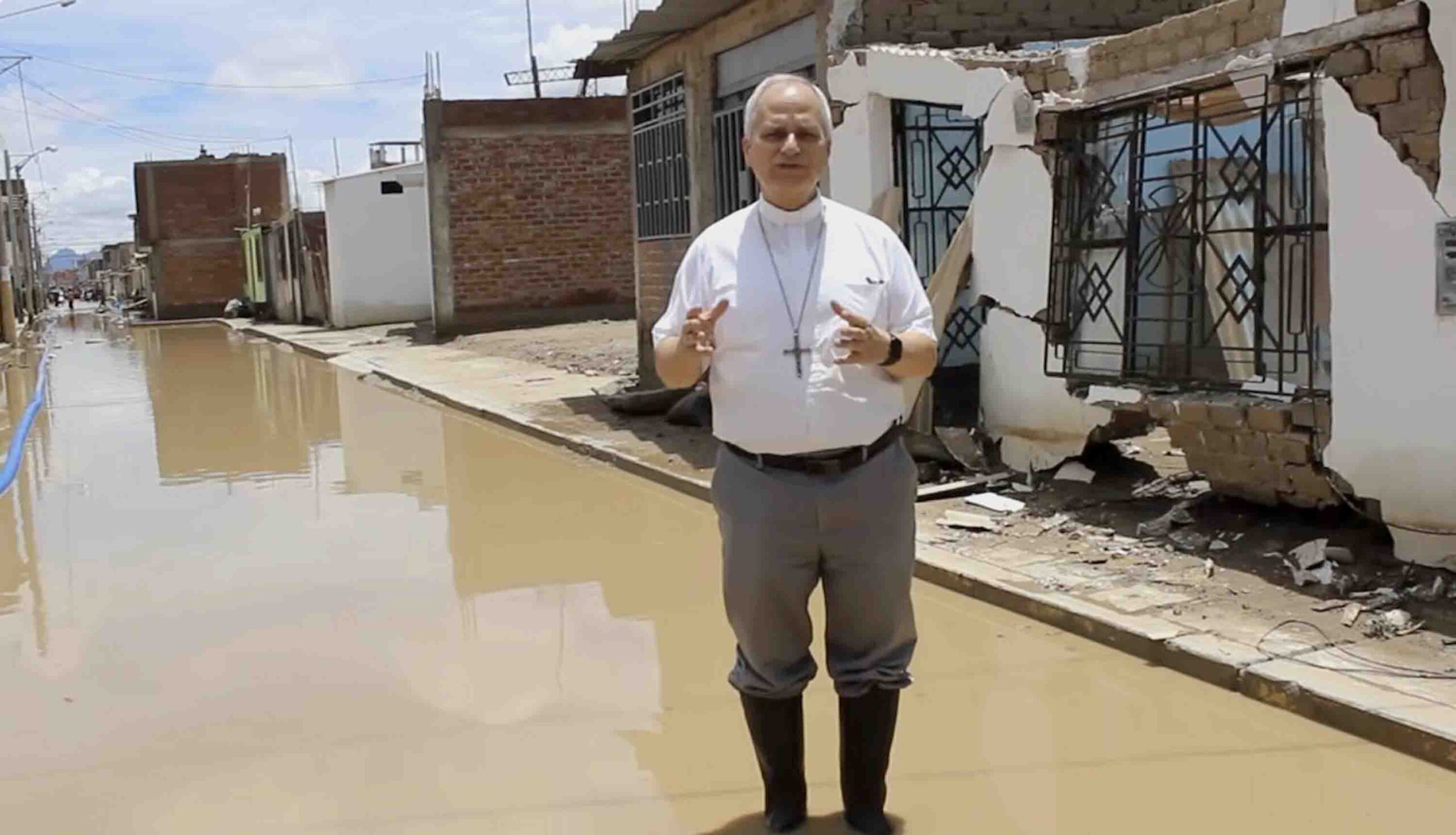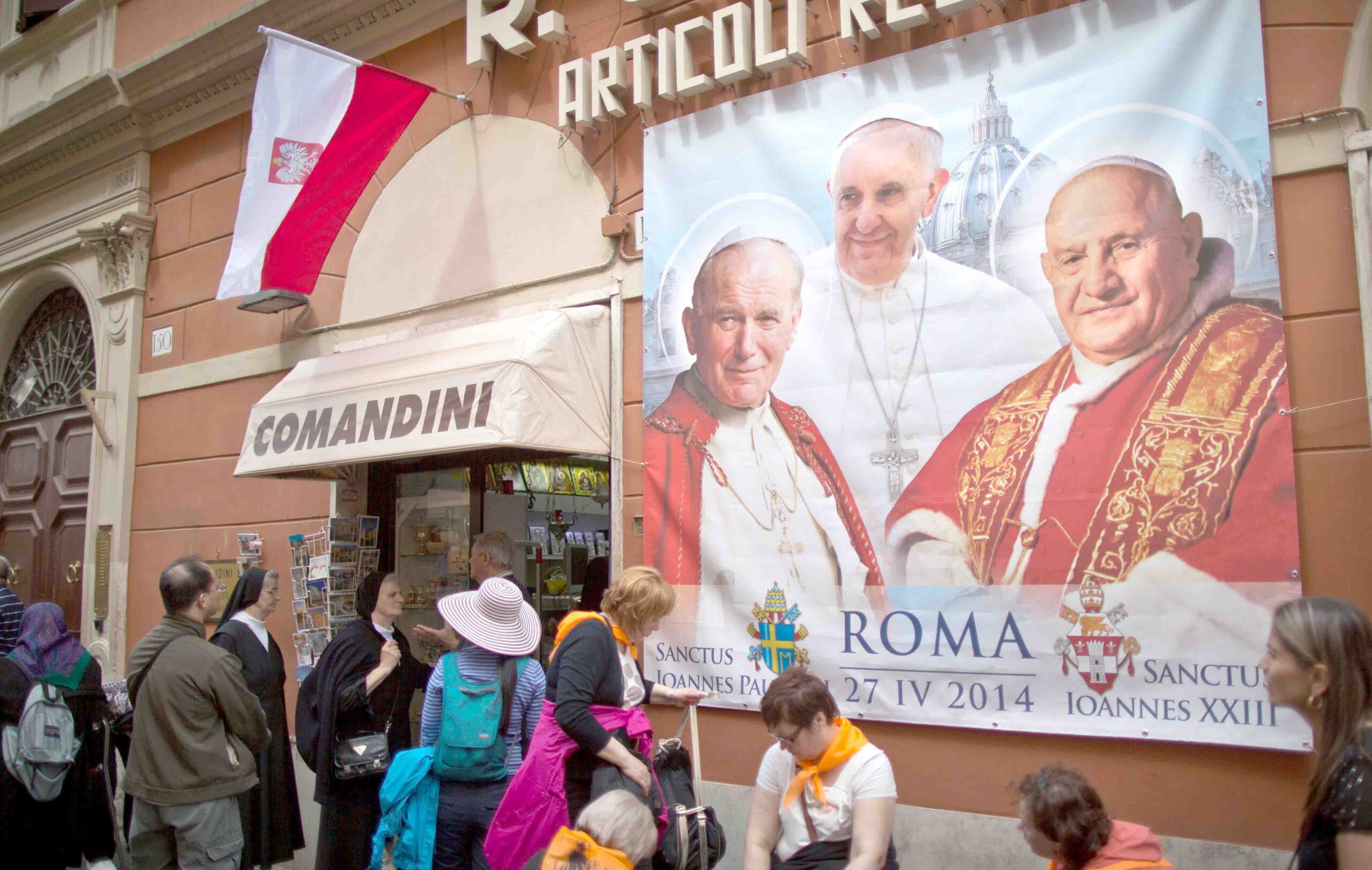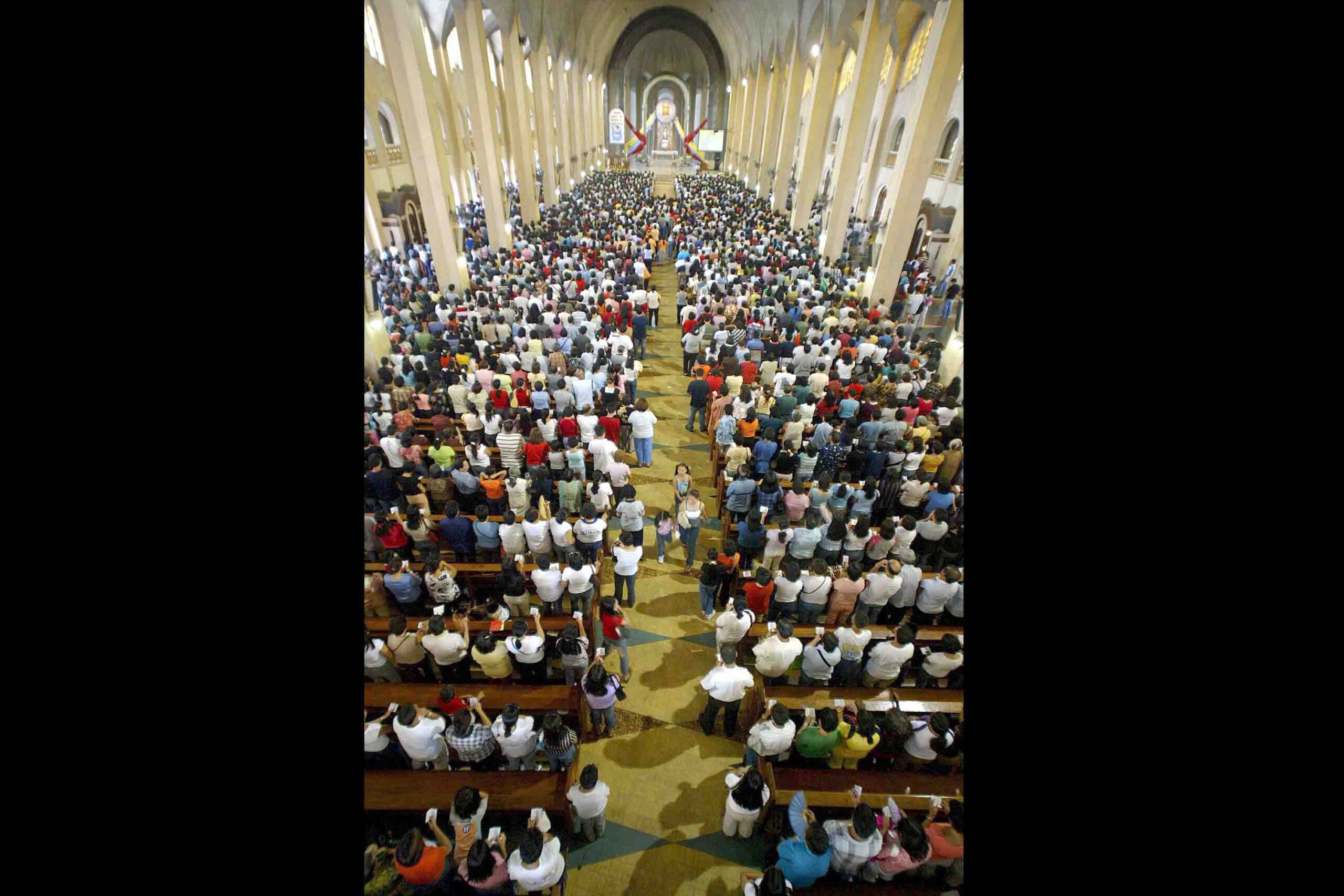Pope Saint John XXIII. In formally convoking the Council, Pope John said: “We make ours the recommendation of Jesus that one should know how to distinguish the ‘signs of the times’ (Mt 16:4). For this reason, welcoming as from above the intimate voice of our spirit, we considered that the times were now right to offer to the Catholic Church and to the world the gift of a new Ecumenical Council.” John XXIII saw the Council as a “new Pentecost.” John definitely put his stamp on the Council, though he died in 1963 after the completion of the first Council session.
Pope Saint Paul VI. Elected on June 21, 1963, Paul VI immediately pledged to continue the Second Vatican Council. He served as supreme pontiff for 15 years (1963-1978). When the Council reconvened for its second session on September 29, 1963, Paul VI named four priorities: a better understanding of the nature and mission of the Church, continued reforms within the Church, advancement of Christian unity, and better dialogue with the world. Paul VI also stated a continual challenge to the Church from Vatican II: “The first need of the Church is always to live Pentecost.”
Augustin Cardinal Bea. A Jesuit priest and biblical scholar, Bea was highly influential at Vatican II. Pope John XXIII requested Bea to serve on the central preparatory commission for the Council. In the mind of John XXIII, promoting Christian unity was an important objective of Vatican II. The pope had established the Secretariat for Promoting Christian Unity in 1960 and appointed Bea as its president. He influenced the writing of Unitatis Redintegratio, the Council’s decree on ecumenism. Bea, a skilled statesman and biblical scholar, offered these gifts to serve the renewal of the Church. Bea died in 1968.
Yves Congar, Theologian. Among the many eminent theologians at Vatican II was the Dominican ecclesiologist Yves Congar. He possessed a unique combination of brilliance, loyalty to the Church, and personal holiness. In 1950 Congar published his seminal work True and False Reform in the Church. Pope John XXIII, the father of Vatican II, read this work and asked Congar to serve on the preparatory commission for Vatican II. Congar’s pivotal insights focused on renewal and holiness, the living Tradition of the Church, laity and participation, and viewing the Church as the People of God. Congar, made a cardinal by Pope John Paul II in 1994, passed away in 1995.
Leo Jozef Cardinal Suenens. Pope John XXIII found in Suenens a man who shared his views on the importance of renewal in the Church. Suenens provided an overview-agenda for the Council, asserting that the Church needed to examine both internal aspects (ad intra) as well as external questions (ad extra). Following this two-fold vision, Suenens helped shape two pivotal Council documents: Lumen Gentium (Church) and Gaudium et Spes (Church in the Modern World). After Vatican II Suenens remained active for thirty years until his passing in 1996.
John Henry Cardinal Newman. Newman (1801-1890) has often been called “the Father of Vatican II” because his theological ideas anticipated key themes which entered into mainstream Catholic teaching at the Council. Pope Paul VI affirmed that Newman’s ideas were often “the subjects of the discussion and study of the Fathers of the Second Vatican Council” e.g. ecumenism, the Church-world relationship, emphasis on the vocation of the laity, non-Christian religions and dialogue. Pope Francis canonized Newman in 2019. Pope Leo declared Newman “Doctor of the Church” in 2025.
Sister Mary Luke Tobin. Twenty-three women attended the Council as official auditors. The religious women of the USA were represented by Loretto Sister Mary Luke Tobin. She also served on the commission that drafted the Pastoral Constitution on the Church in the Modern World (Gaudium et Spes). Remarkably, until her death in 2006 at the age of 98, Sister Tobin was an ardent pioneer in the postconciliar renewal of women’s religious orders.
Taize Brother Roger Schutz. Over sixty “delegated observers” from various Christian communions attended the Council. One such distinguished figure was Brother Roger, founder of the ecumenical community of Taize. He and Brother Max were personally invited by Pope John XXIII to be present for the entire Council. Brother Roger noted: “During those four years, we discovered multiple facets of that unique communion that is the Church.” There was “the discovery of the mystery of the Church … and our hearts rejoiced.”
Concluding Invitation. Marking the sixtieth anniversary of the opening of Vatican II (October 11, 1962-2022), Pope Francis asked us “to renew our own passion for the Council.” Let us accept this heartfelt invitation!
James H. Kroeger, MM, served in Asia for over five decades; recently he authored Walking with Pope Francis; The Official Documents in Everyday Language (Paulines, Manila – 2023) and A Joyful Journey with Pope Francis (Claretians, Manila – 2024).

